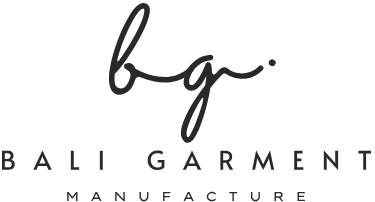Manufacturing partner for fashion business, offering comprehensive solutions to streamline your path to success.
Activewear Production in Bali: A Complete Guide
The global demand for activewear continues to rise, and Bali has emerged as a premier destination for producing high-quality fitness apparel. From yoga leggings to performance tops, international brands and boutique labels are increasingly turning to Bali-based manufacturers for expert craftsmanship, premium fabrics, sustainable practices, and end-to-end production…








